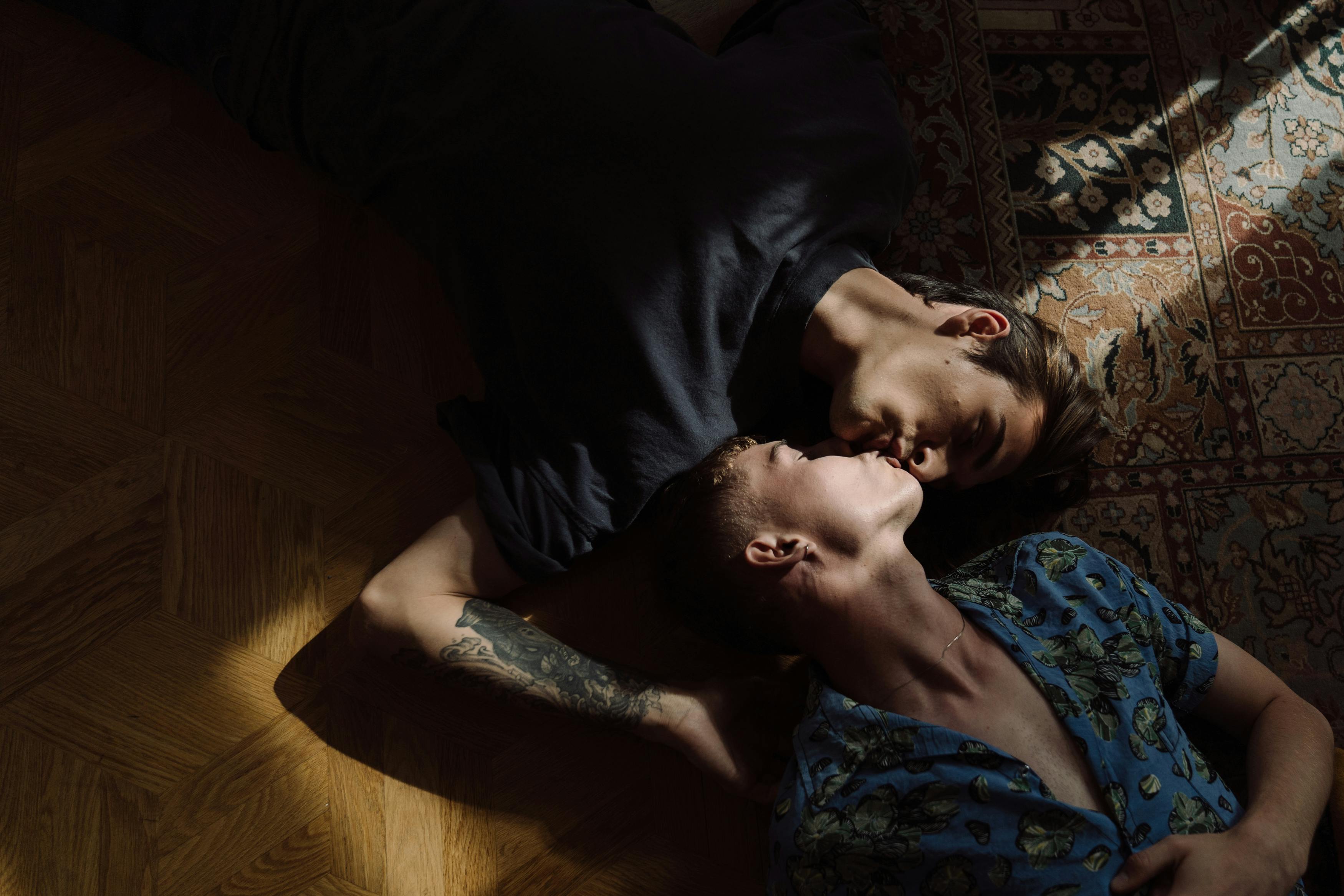My son was watching a Richard Scarry video this morning while I was on my usual run, getting ready to leave the house. He’s seen it countless times, but I’ve never managed to sit through the whole thing. This morning I was struck by a song, “If You’re Happy and You Know It, Clap Your Hands,” that I sang many times as a kid in Sunday school, and always followed with “If You’re Happy and You Know It.” then your life will surely prove it…” In the version I heard this morning, the first line was followed by “If you’re angry and you know it, stomp on it,” which made me pause for a moment. I murmured to my husband: “Since when should kids be taught to stomp when they’re angry?”
What do we do with anger? What do we do with any of our emotions? Are they a right, a luxury, an indulgence, or just a part of who we are? Some of us “wear our hearts on our sleeves”, leaving those around us in no doubt as to what we are feeling. Others (myself included) tend to keep a poker face, leaving everyone in doubt. Sounds familiar? Both extremes have their advantages, but as I said this morning, kids at least seem to be starting to express their emotions for all to see, and they’re not the least bit shy about it.
The key in all this? What do you DO with feelings once you’ve looked deep into their eyes and recognized that they are yours? Do you seal your feet? Clap your hands? Act them out? Give them away? The end result… do you react, release and respond? The three basic R’s… three healthy stages.
feedback they are more or less involuntary and spontaneous. There is no thought involved, but rather an instinctive visceral reaction based on the emotion you are feeling. Releasing Emotions have two parts. First, release everyone but yourself from any responsibility for the emotion. It is your feeling and your responsibility. You can then choose to release the emotion completely and give it to God or the universe if you wish, or continue with a response. answers they are based on thoughts and reasoning rather than feelings. I think there is a place and a time for all three, as long as emotions are acknowledged first. Sometimes a gut reaction can be the healthiest and most helpful, usually when associated with positive emotions like joy, love, affection, etc. Negative emotions like anger generally work best when you overcome a gut reaction to release and respond.
Sometimes the emotions are overwhelming and we can hardly help but react. Doing a very crude painting was my reaction to a super strong feeling of anger a few weeks ago…instead of breaking something (my first impulse), I grabbed the brushes and paints and got to work. I admitted that I was angry, and then checked my first reaction and instead let fly with a slightly controlled response. Possible disaster and regret is warned!
One last thought about sharing your feelings…letting others know how you feel, especially in a receptive way, gives them a chance to respond to you. Chances are, if they can see your face or hear your tone of voice, they’ll have a good idea of how you feel, but telling them has a much bigger impact. The R that doesn’t belong, Repression, never helps. Open feelings can be addressed, and I love the fact that my son is now old enough to not only kick and clap, but also tell me how he feels about things so we can talk about it. He goes on then… keep the three R’s in mind when he deals with his feelings… react with abandon, always let go and respond wisely.
